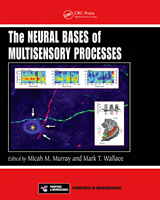From: Chapter 35, MULTIMODAL CHEMOSENSORY INTERACTIONS AND PERCEPTION OF FLAVOR

NCBI Bookshelf. A service of the National Library of Medicine, National Institutes of Health.

Changes in perceptual characteristics of odors and flavors as a function of odor–taste coexposure and attentional strategy. (a) Mean ratings of smelled sweetness of odors increase after repeat paired with a sweet taste in solution, but only for a group using a strategy in which odor and taste elements are treated synthetically. In contrast, coexposure to same odor–taste mixture when odor and taste are attended to analytically as distinct elements produces no such increase in smelled sweetness. (Reprinted from Prescott, J., and Murphy, S., Q. J. Exp. Psychol., 62 (11), 2133–2140, 2009. Copyright, with permission from Taylor & Francis.) (b) Mean ratings of sweetness of a flavor composed of sucrose in solution together with an odor that has previously been conditioned with this taste so that it smells sweet. Despite this, enhancement is evident only in a group that treated elements synthetically during their association. (Adapted from Prescott, J. et al., Chem. Senses, 29, 331–334, 2004. With permission.)
From: Chapter 35, MULTIMODAL CHEMOSENSORY INTERACTIONS AND PERCEPTION OF FLAVOR

NCBI Bookshelf. A service of the National Library of Medicine, National Institutes of Health.